ASUS Zenfone Max was first announced in 2015, but it went on sale in India in the first week of January 2016 for Rs 9,999. We had also reviewed the Zenfone Max (ZC550KL). Now ASUS has announced an upgraded version of the Zenfone Max with Snapdragon 615 Octa core processor with either a 2GB or 3GB RAM along with 32GB internal storage.
While rest of the hardware remain the same, the software has been upgraded to Android 6.0 Marshmallow with Zen UI on top of it. Here is the detailed review of the device.
Design and Build:
In the design department, ASUS hasn’t done any changes to the new Zenfone and looks exactly the same. ASUS has tweaked the design of Zenfone series to accommodate the bigger battery and the Zenfone Max looks different in terms of design and overall finishing. The power and volume keys are on the right side, 3.5mm audio jack on the top and the micro USB at the bottom. The device is relatively heavier than Zenfone 2 Laser at 202gms. The rear panel has a completely different finishing and comes with a textured matte finish and gives a faux leather finish.
There is a golden color frame running on the sides of the device which does give a premium look. The rear panel houses the 13MP camera, dual LED flash, laser autofocus and the ASUS branding. The front panel has the same 5.5 inch HD display, three capacitive touch buttons and a pattern below it. Overall, build quality wise, we feel the device looks much better than Zenfone 2 Laser.
The rear panel is removable and houses the dual SIM cards and micro SD card. With the 5000mAh non-removable battery, the device feels a bit heavy to use. But overall, the build quality is good for a budget phone.
Display:
The Zenfone Max features a 5.5 inch HD display (1280 x 720p) IPS LCD display with 10 finger touch and anti-fingerprint technology, Corning Gorilla 4 Glass, and 178-degree view angle. Even though the display is an HD panel it is actually quite good. The colors look pretty good and the viewing angles are also good.
The touch response is very good too. The screen is pretty sharp as well and should be good for multimedia consumption and also gaming. In fact, we felt that the display has slightly higher brightness levels than the Zenfone 2 Laser.
Software:
Zenfone Max comes with Android 6.0 Marshmallow with the custom Zen UI and this is one of the upgrades compared to the previous generation Zenfone Max. When we reviewed the Zenfone 5 last year, we did mention Zen UI is one of the usable ROMs on Android. There isn’t much change in the Zen UI on Marshmallow and looks more or less similar.
The notification center is a completely customized and sports almost all quick toggles which is customizable. Unlike most of the Chinese based ROMs, there is an app drawer in Zenfone 2 and it also comes with quite a lot of options to organize the apps.
There is smart grouping available wherein you can automatically sort installed based on category. The settings menu also comes with a customized look. There are quite a lot of additional options included by ASUS.
The phone also feature a handful of gestures including double tap to wake, double tap to sleep, screen gestures to open apps and also motion gestures. There is also an easy mode which makes the UI lighter and easier to use, specifically useful for elderly people and comes with basic options alone. There is also Kids mode to make it more friendly for kid’s usage.
The Zen UI also comes with themes support but has only a handful of themes and limited options to download new ones. You can also download icon packs from Play store and install them.
UI is mostly responsive and we seldom faced any lags or issues, but the biggest issue with Zenfone Max similar to other phones in Zenfone series is the amount of bloatware the phone ships with. There are lots of third party unwanted apps included in the UI which we feel ASUS should have excluded. Many of these apps cannot be uninstalled and this is one big issue as it consumes memory.
Performance:
Zenfone Max runs on Snapdragon 615 Quad-core 64-bit processor coupled with 2GB of RAM. There is also a 3GB RAM variant, but the one we tested is a 2GB unit. The Snapdragon 615 is on of mid-range processor. The performance of Zenfone Max was pretty decent although we encountered slight hiccups when switching between apps and also when running too many apps in the background. Having said that, Zenfone Max should be able to handle your day to day tasks with ease with the 2GB RAM included. The 3GB RAM variant should be able to provide better performance.
Multitasking was also good and it is implemented the standard way. The phone comes with 32GB internal storage and out of which 25GB is available in the first boot. You can also expand the storage via micro SD card. The gaming experience of the device was decent and the 5.5 inch HD display is suited for it. You can play most of the high-end games without many issues if you play with medium graphic settings. The call quality on the device was good and we never experienced any call drops and the signal strength was good. The rear speaker performance was decent, but the output wasn’t the best when you increase the volume. The phone comes with dual SIM card and has support for 4G LTE in India.
Camera:
The Zenfone Max comes with the same camera configuration as the Zenfone 2 Laser and features 13MP rear camera, dual tone LED flash and laser auto focus. The camera interface is mostly unchanged and comes with a plethora of options and modes including night mode, HDR, Manual, low light, depth of field, panorama, effects and more. The interface is fairly decent and easy to use.
The manual mode offers control on almost all aspects of the photo and is pretty good to control the photo quality. Now coming to the camera performance, the daylight shots have pretty good amount of clarity and detailing and the colors also look pretty decent. But we felt that the contrast ratios were slightly on the higher side in daylight shots. The macro or the close-up shots were pretty good and it did add the bokeh effect to the photos. But one aspect which was disappointing is the color consistency in photos and with bright sunlight, the images were overexposed at times. Considering that this is a budget phone, the daylight performance is quite good. But when it comes to low light photography, the Zenfone Max disappoints with noisy images. Unless there is adequate lighting, you can’t expect good photos.
The phone also comes with 5MP front camera for selfies and the quality is decent for social sharing. Here are some of the samples taken with the phone.
Battery Life:
The USP of Zenfone Max is the massive 5000mAh battery and this is the first time ASUS is having a device with the large capacity battery. ASUS has also included multiple battery modes based on your usage. There is performance, normal, power saving, super power saving, and customized ones. Super power saving will keep only phone SMS and the alarm turned on and rest all are turned off. In case you want a customized mode, ASUS provides you with the option to create one.
Power management tool also offers auto start manager where you can select the apps which can run on the phone. You can also enable reverse charging, which means you can charge another device using Zenfone Max and OTG cable.
The battery performance of the device was very good and you can easily get two days of battery life on the phone. If you are a casual user, you might get even more.
Verdict:
Should I buy the ASUS Zenfone Max given by budget is Rs 10,000? If your priority is excellent battery life, then, without a doubt, the Zenfone Max is the best deal you can get. ASUS Zenfone Max has a good build, decent display, and performance along with a decent camera. You can also check out Xiaomi Redmi Note 3, Le 1S or Lenovo K4 Note as alternatives.

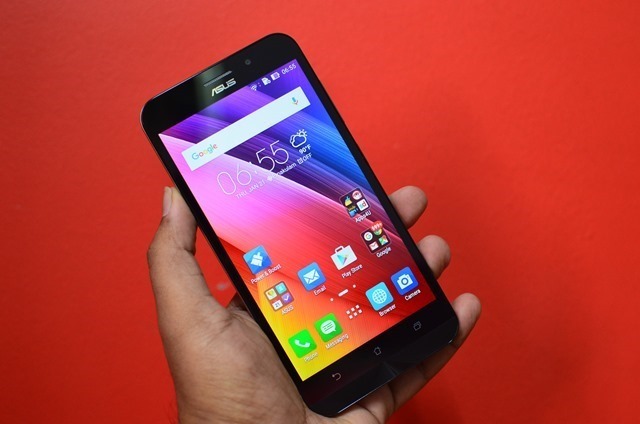
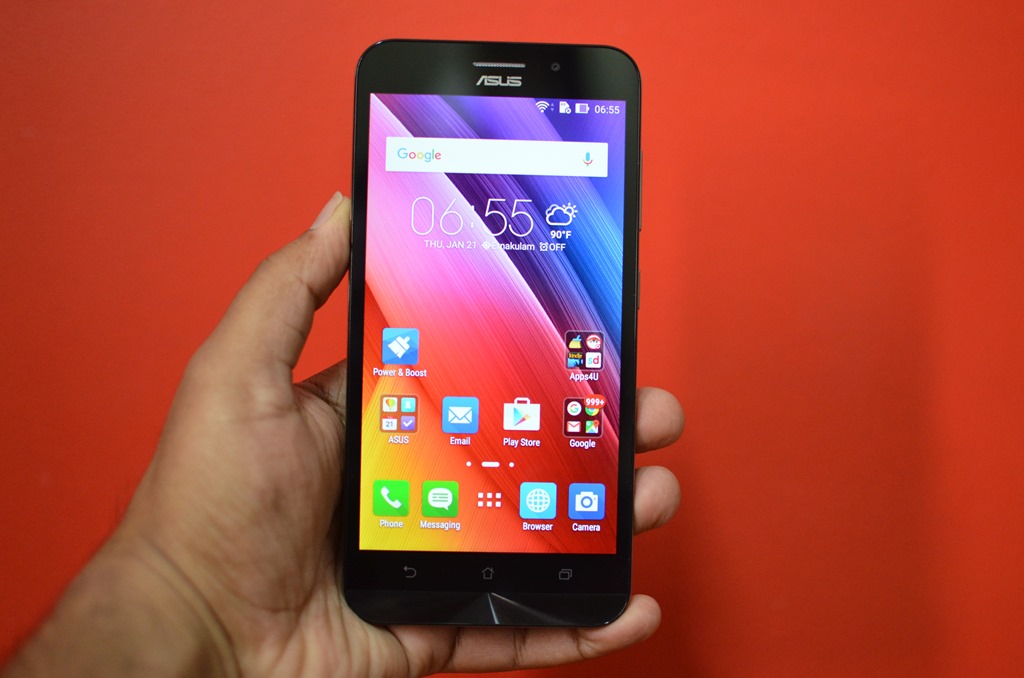
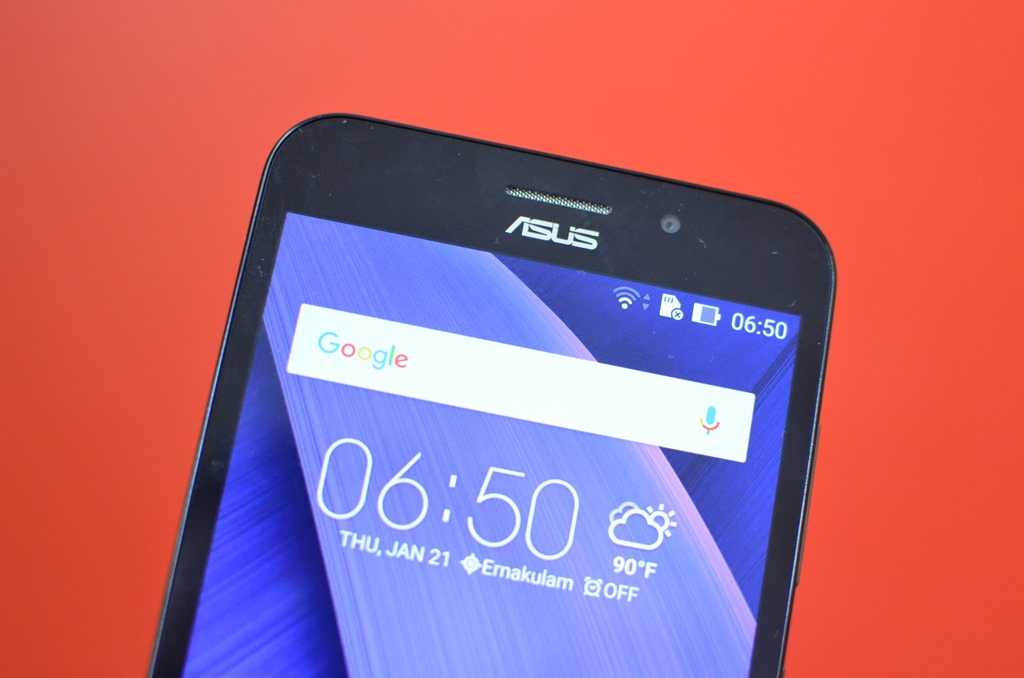

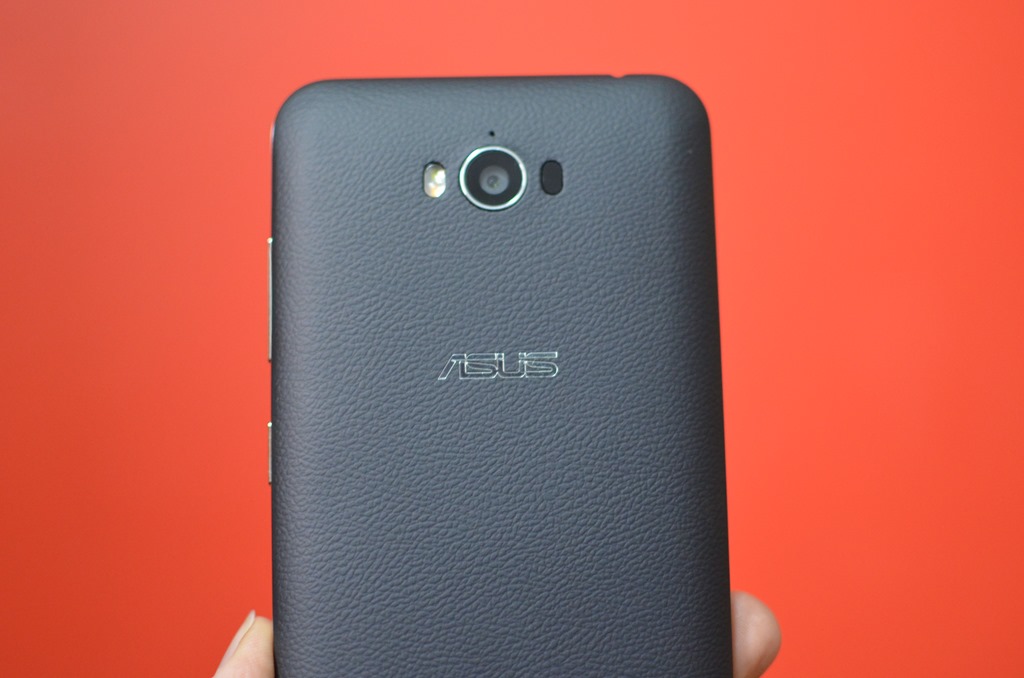
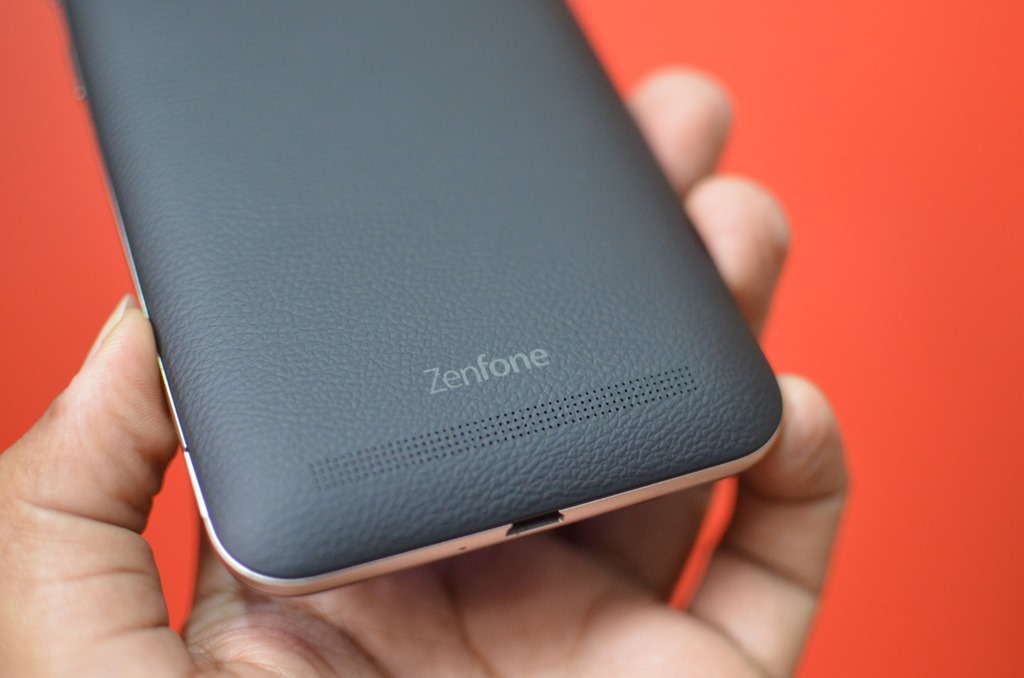
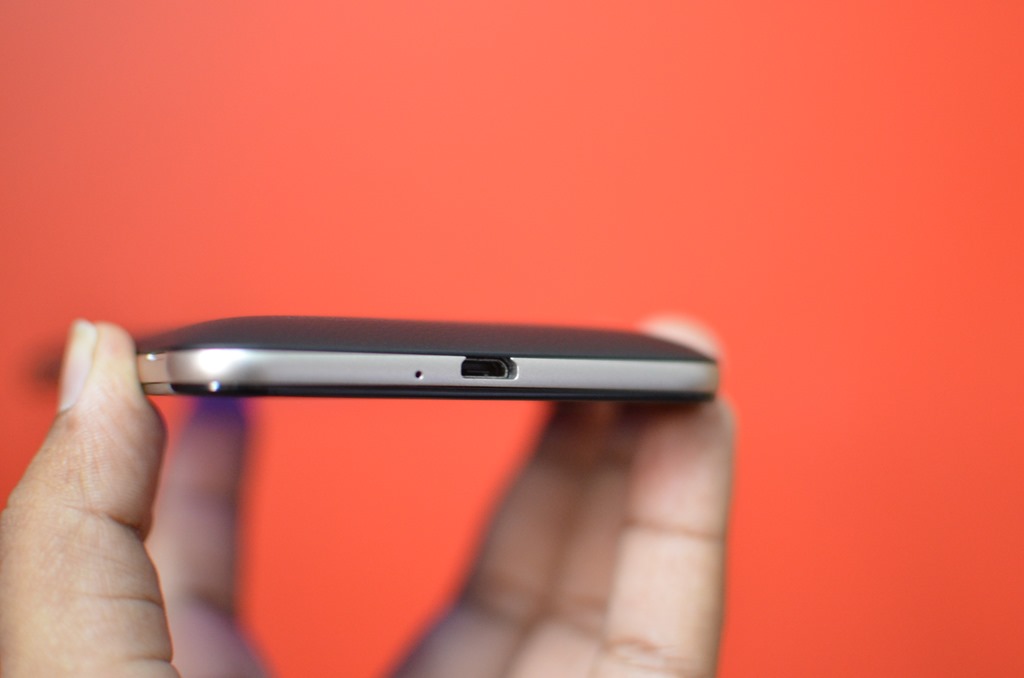


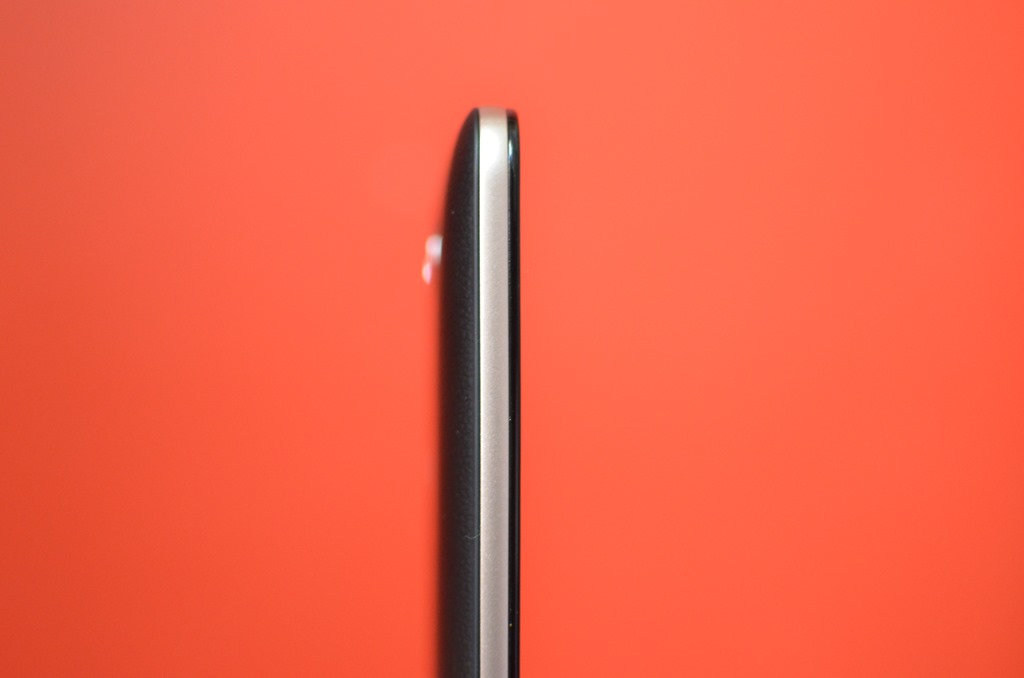
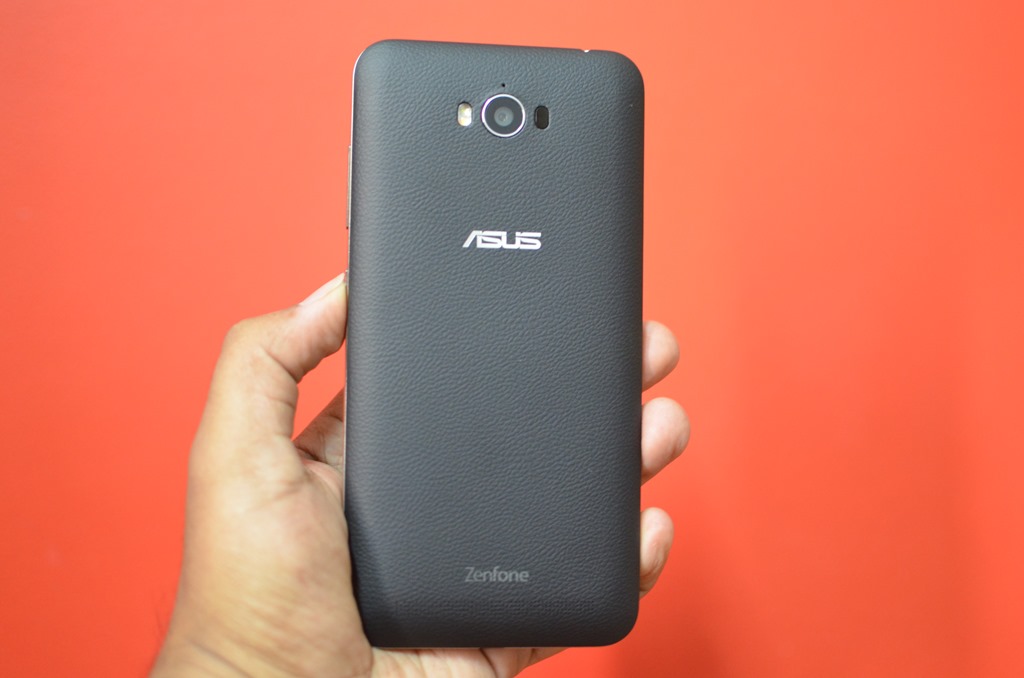
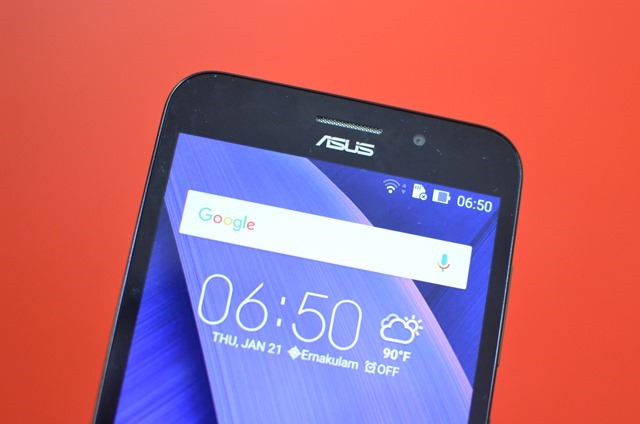

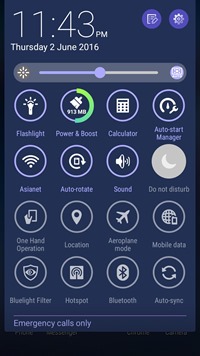
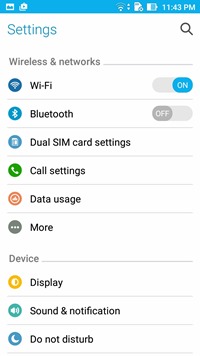
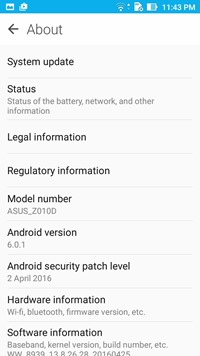



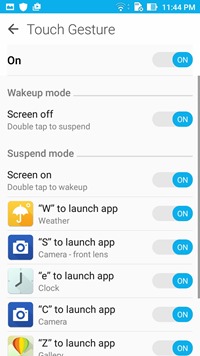

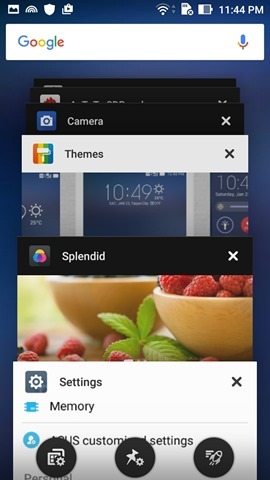
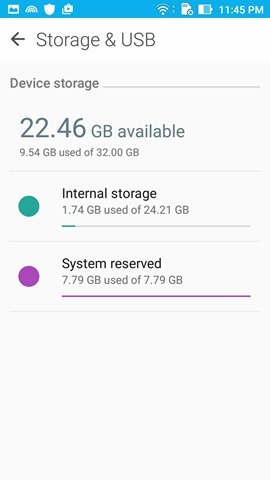



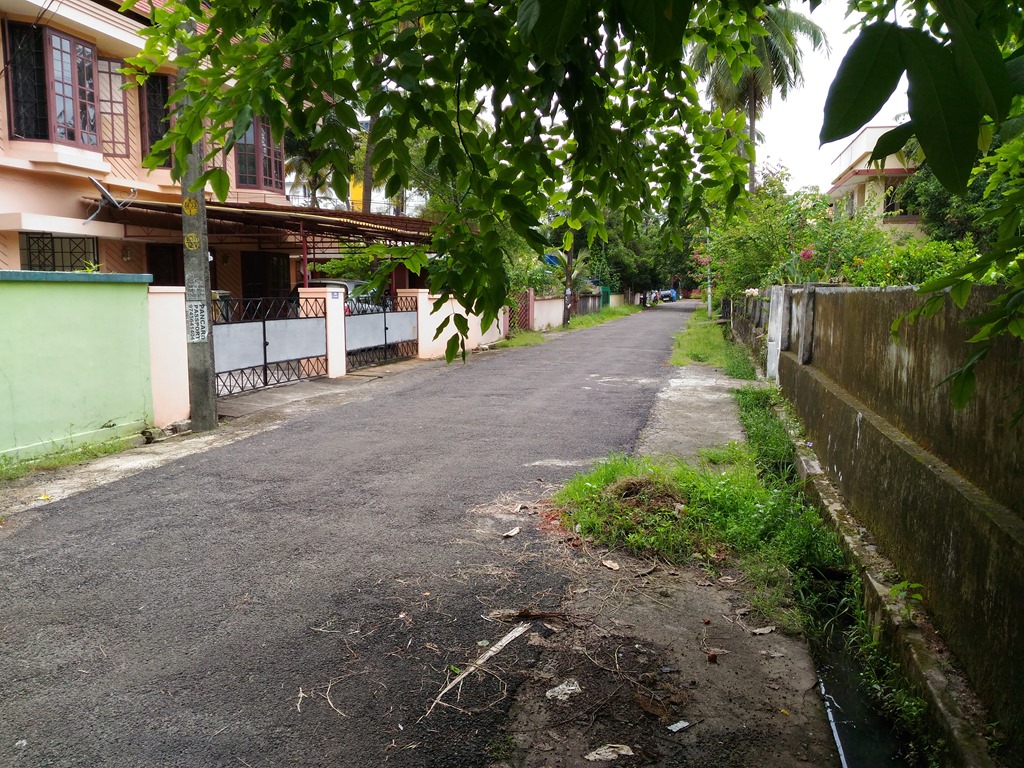


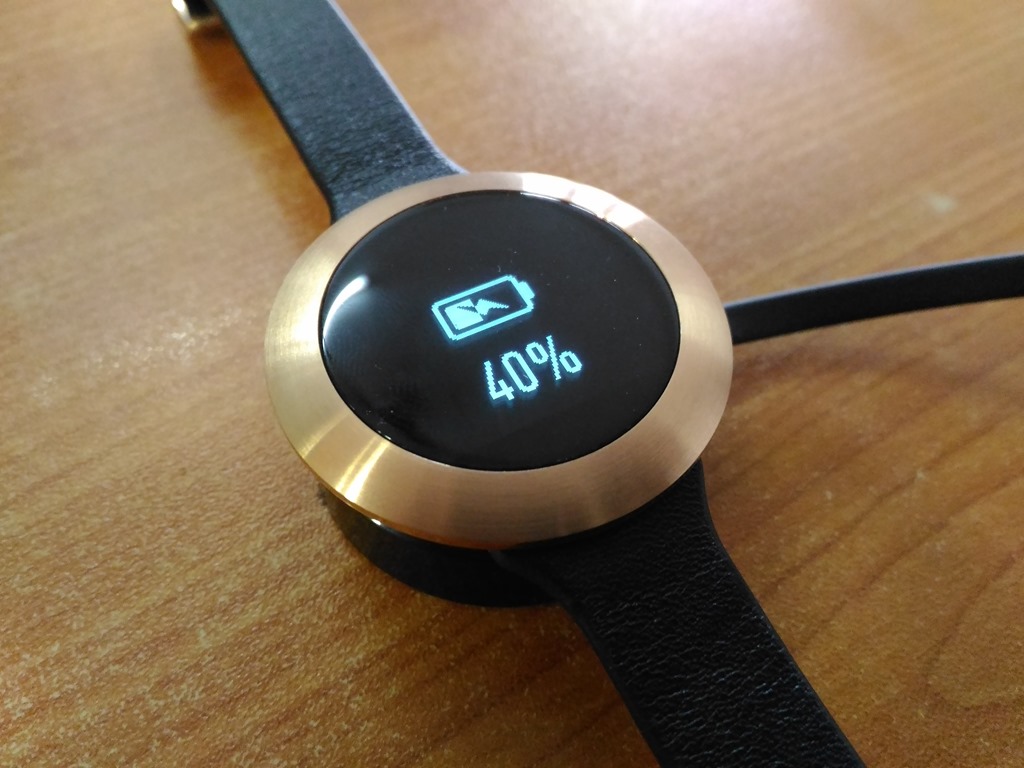
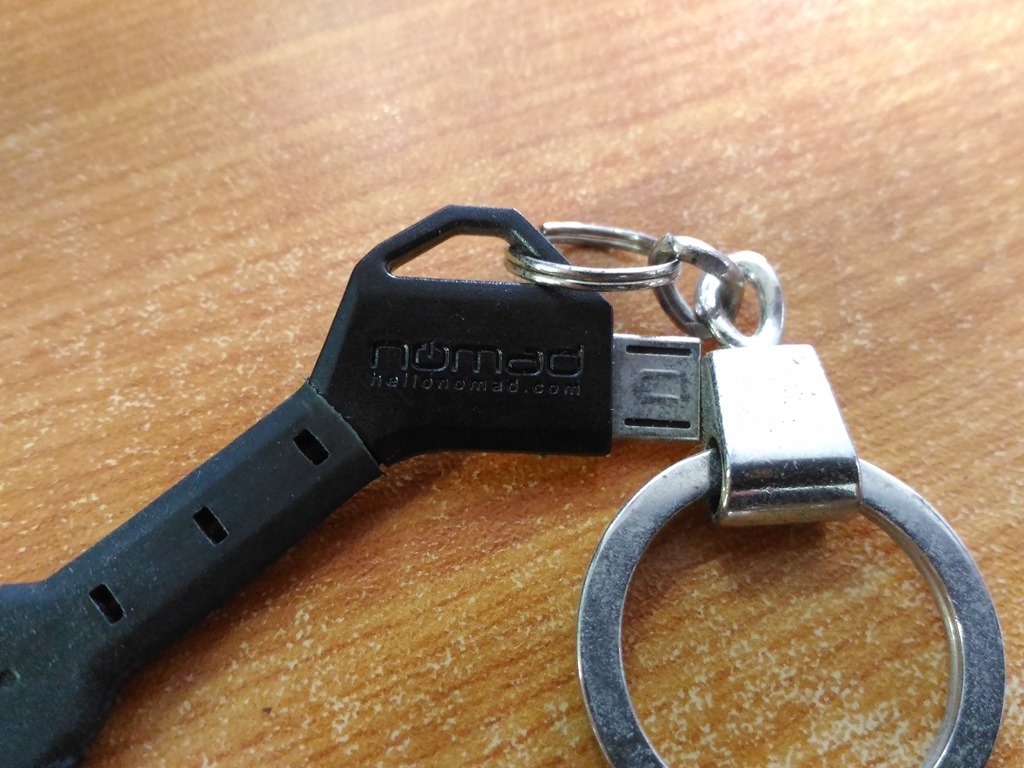
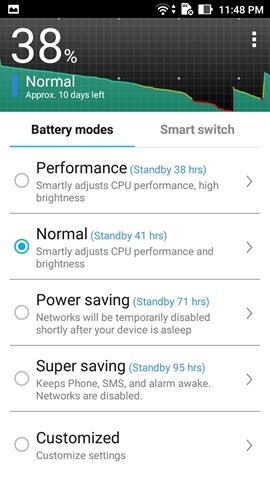




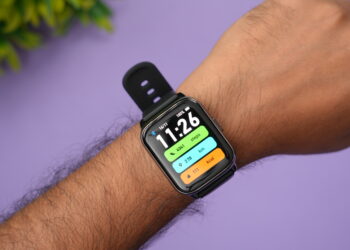
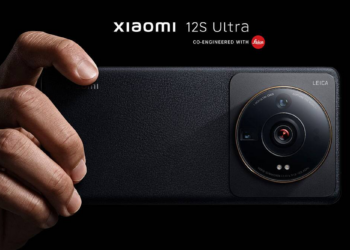

it is a monster phone in reasonable price